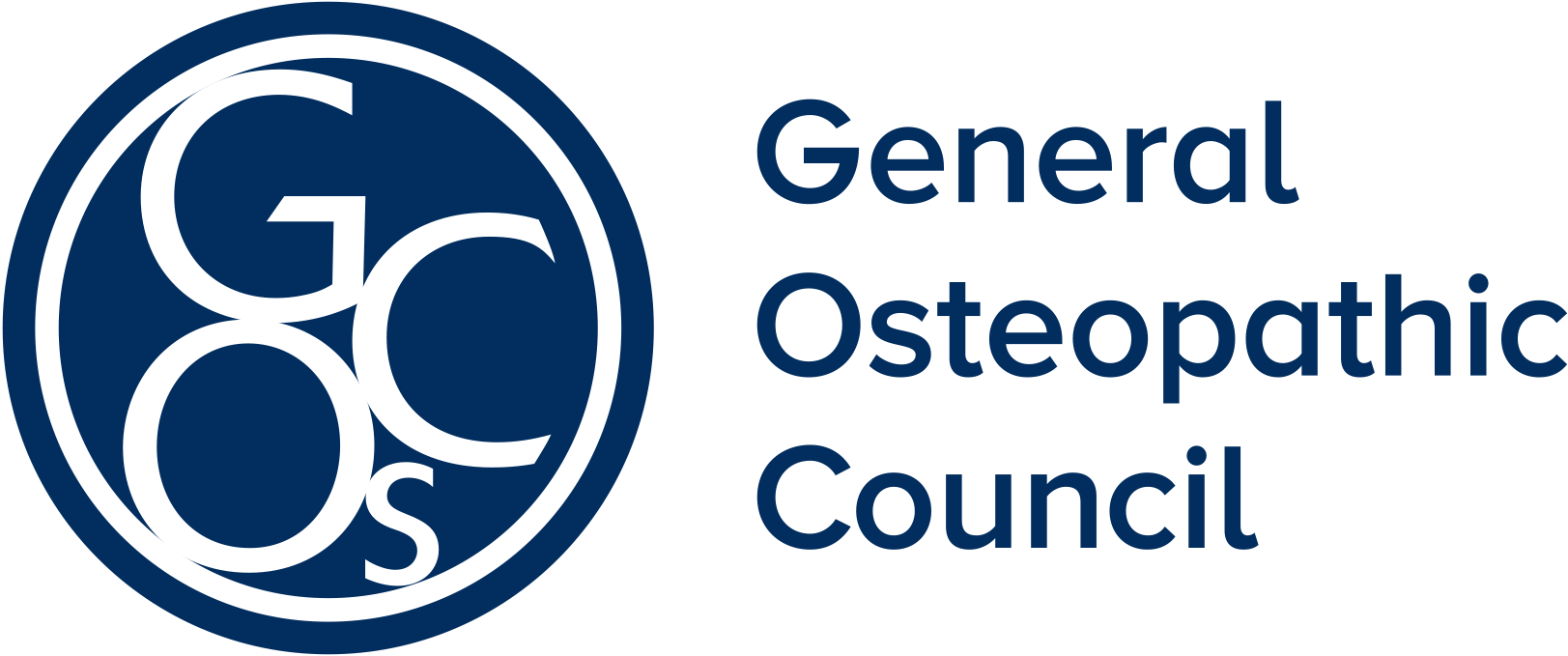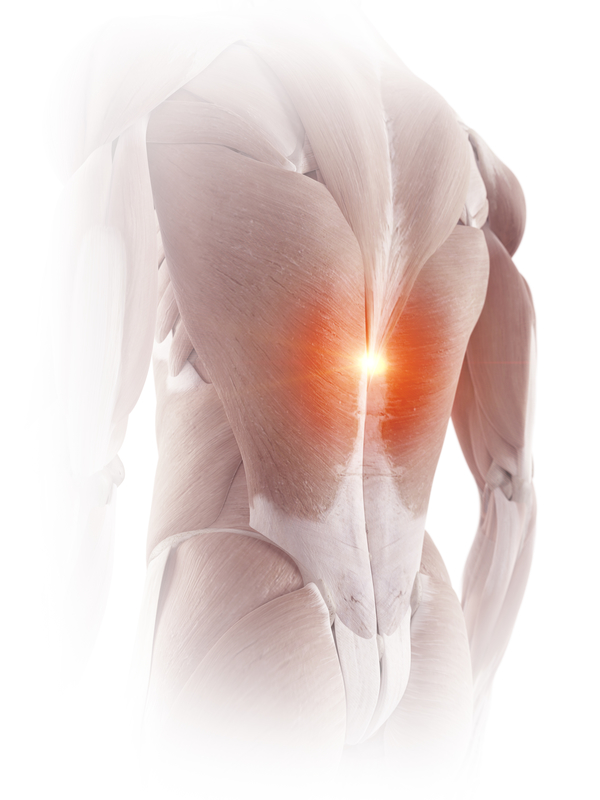About Eastleigh Osteopathic Clinic
The most common injury that we treat is back pain but at Eastleigh Osteopathic Clinic we treat patients with many other health problems. There are five individual treatment rooms and a number of osteopaths who specialise in different treatment areas.
Our aim is to make you more comfortable if you have recently injured yourself gardening, playing sport or can’t understand why something is hurting because you haven’t “done anything.” Or have a work related pain that has either ended in the absence from work because it's agony, to an ache that you may feel is not serious, but you would rather be without it. Our aim is to get you feeling as well as is possible. Whether your symptoms are recent or you have or you have suffered them for many years, we can usually help.

At Eastleigh Osteopathic Clinic we can treat adults, children and babies.
We can help people who visit our clinic complaining about symptoms such as; back ache, low back pain, hip and pelvic pain, leg and knee pains such as sciatica, upper back and neck ache or pain, shoulder elbow and arm pain, headaches, some whiplash injuries, some symptoms associated with osteoarthritis (wear and tear pains), trapped nerves, RSI (repetitive strain injury) and many other symptoms. If you are unsure that one of our professionals can help with your problem then please do not hesitate to telephone and ask to speak to an osteopath. A call back can be arranged if you leave a message on the answerphone or if no-one is available to speak to you when you call.
When you initially visit us we will discuss your problem at length with you and ask you questions about your medical history and other medications you are prescribed or take, your general state of health, your other body systems or functions and your lifestyle, this is to assess whether your problem is something that we would be able to help you with or possibly a condition that requires further investigation such as an X-ray or referral back to your doctor.
We want to help you become more comfortable and healthy by treating you to help your problem/s and by giving health and lifestyle advice. Sometimes the problem can be rectified quickly and on other occasions longer term treatment maybe needed. Your osteopath will discuss this with you.
The practice is in Eastleigh and within easy reach of, Chandlers Ford, Bishopstoke, Fair Oak, Colden Common, Twyford, Winchester, Southampton, Romsey and the outlying areas such as Hedge End, Botley, Bishops Waltham, Fareham, Ringwood and we regularly see people who travel to see us from Portsmouth, Basingstoke and Bournemouth.
A commonly asked when is "what is the difference between osteopathy and chiropractic" or "osteopaths and chiropractors" the answer is that it depends upon the practitioner, but modern osteopathy and chiropractic education is similar in a lot of ways. Cranial and classical osteopathy are different to both and require extensive post graduate education. Cranial technique is very different and gentle, classical differs within its principles and technique and they both tend to focus on the whole of the individual rather than just musculoskeletal care. They are gentle and relaxing and treat the person as an individual and every treatment is different, most people enjoy it and feel better for it.

Osteopathy is regulated by the General Osteopathic Council (GOsC) which is a statutory self regulated body. It is illegal to practise as an osteopath unless registered by the GOsC. This protects the public by ensuring adequate training of osteopaths and ongoing learning (continual professional development or CPD is mandatory) is taking place to ensure knowledge is kept up to date. To visit the General Osteopathic Council site www.osteopathy.org.uk.

I often find when someone rings me they will ask "can I treat this condition or can I treat that condition." When I’m asked this the answer will usually be "it depends." What this tends to depend upon are the causes of the problems and the obstacles to recovery, which requires individual appraisal in every case. This will usually depend on is the resources of the osteopath and the motivation of the individual, this is because osteopathy places great emphasis on the bodies ability to heal itself if given the right opportunity, what we try to do is find the obstructions to healing and remove them where possible.
Another commonly asked question is ”what’s the difference between osteopathy and chiropractic?” This is a question which unfortunately brings a rather long winded answer. In general modern osteopathic and chiropractic training is similar, we are both trained to screen for medical conditions then treat the musculo-skeletal system with a variety of techniques.
The training is within a medical framework and because disease processes, which can sometimes be the cause of muscular pain, for example a lot of women are aware how periods can cause back pain or a very well known symptom of a heart attack, apart from chest pain is the pain which radiates up someones neck or down their arm. This is referred pain and all organs can do this to varying degrees, so this type of training teaches us to try and differentiate between these. During the consultation we try to establish a number possible causes and examination is to attempt to confirm or deny these possible causes of pain.
The approach we like to take at Eastleigh is a traditional/classical osteopathic approach, this in my opinion moves the practitioner on to a more advanced understanding of how the bodies structure and physiology relate to each other than their undergraduate education, rather than finding the bits that appear to be causing the problem we try to find the reason that they have become like this and resolve those issues.
These problem or painful areas, unless caused by trauma, are often areas that are under too much stress or strain because of their relations with the rest of our body. The structure is assessed to locate how the whole structure has deviated from an ideal, more neutral relation with gravity and the findings are correlated with the symptoms the person has mentioned during the history taking.
Treatment attempts to integrate the structure using gentle long lever techniques around the whole body, the levers used are the long bones of the arms or legs to effect the soft tissues, guiding them to a more neutral relationship with gravity therefore reducing stress and strain. From here the body can often recover due to our innate capacity to heal ourselves. Chiropractic, in general, tends to focus on short lever thrusting techniques to specific vertebrae.
Please contact us to discuss your individual problem. We are always very happy to help and to arrange a convenient appointment time.
